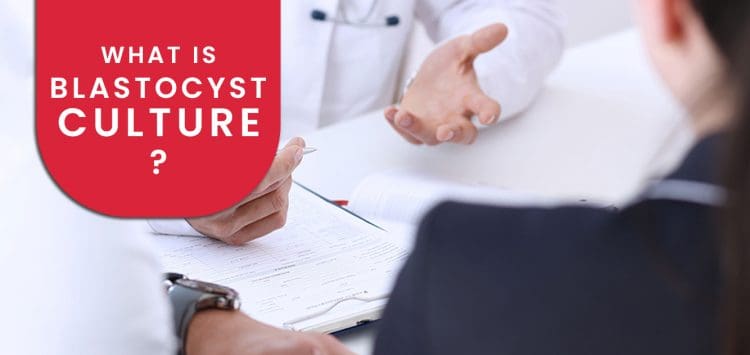Blastocyst Culture
Blastocyst Culture in Bathinda, Punjab – Maximize Your IVF Success at Gem Hospital & IVF Centre
At Gem Hospital & IVF Centre, we offer Blastocyst Culture—a scientifically advanced IVF technique that significantly improves the chances of successful implantation and pregnancy. This treatment is ideal for couples who want the best possible outcome from their IVF cycle, especially after previous unsuccessful attempts.
We are proud to be one of the few centers in Bathinda and Punjab equipped with the latest technologies to grow embryos to the blastocyst stage with precision and care.
Why is Blastocyst Culture Important?
Earlier IVF techniques involved transferring embryos on Day 2 or Day 3, when their development was still at an early stage. But many of these embryos might not survive or implant naturally. With Blastocyst Culture, we give embryos more time to develop, which:
-
Improves implantation and pregnancy rates
-
Allows for single embryo transfer (SET) to reduce the risk of twins or triplets
-
Helps identify the strongest embryos, increasing the likelihood of success in the first IVF cycle
-
Supports Preimplantation Genetic Testing (PGT) by ensuring embryos are developed enough for biopsy
What is Blastocyst Culture?
Blastocyst Culture is a process in which embryos are grown in a laboratory for 5 to 6 days after fertilization, until they develop into a blastocyst—a more advanced and implantation-ready stage of the embryo. This extended culture period helps embryologists identify the healthiest, most viable embryos for transfer.
By selecting blastocysts with the highest developmental potential, we enhance the success rate of IVF, reduce the risk of multiple pregnancies, and increase the chances of a healthy pregnancy.
Why is Blastocyst Culture Important?
Earlier IVF techniques involved transferring embryos on Day 2 or Day 3, when their development was still at an early stage. But many of these embryos might not survive or implant naturally. With Blastocyst Culture, we give embryos more time to develop, which:
Improves implantation and pregnancy rates
Allows for single embryo transfer (SET) to reduce the risk of twins or triplets
Helps identify the strongest embryos, increasing the likelihood of success in the first IVF cycle
Supports Preimplantation Genetic Testing (PGT) by ensuring embryos are developed enough for biopsy
The Blastocyst Culture Process at Gem Hospital
Egg & Sperm Collection
Eggs and sperm are retrieved and prepared for fertilization using IVF or ICSI techniques.
Fertilization & Embryo Development
The fertilized embryos are placed in a state-of-the-art incubator, providing a carefully controlled environment for extended growth.
Embryo Monitoring
Over 5–6 days, our expert embryologists monitor embryo development, identifying those that reach the blastocyst stage.
Embryo Transfer
The most viable blastocyst(s) are selected and gently transferred into the uterus through a painless, non-surgical procedure.
Cryopreservation of Extra Embryos
Any additional high-quality blastocysts are safely frozen for future use, offering more chances for conception without repeating the full IVF cycle.
Who Can Benefit from Blastocyst Culture?
Blastocyst Culture is especially recommended for:
Couples with repeated IVF failures
Women under 35 with good egg quality
Patients considering PGT-A or PGT-M for genetic testing
Couples opting for single embryo transfer (SET)

